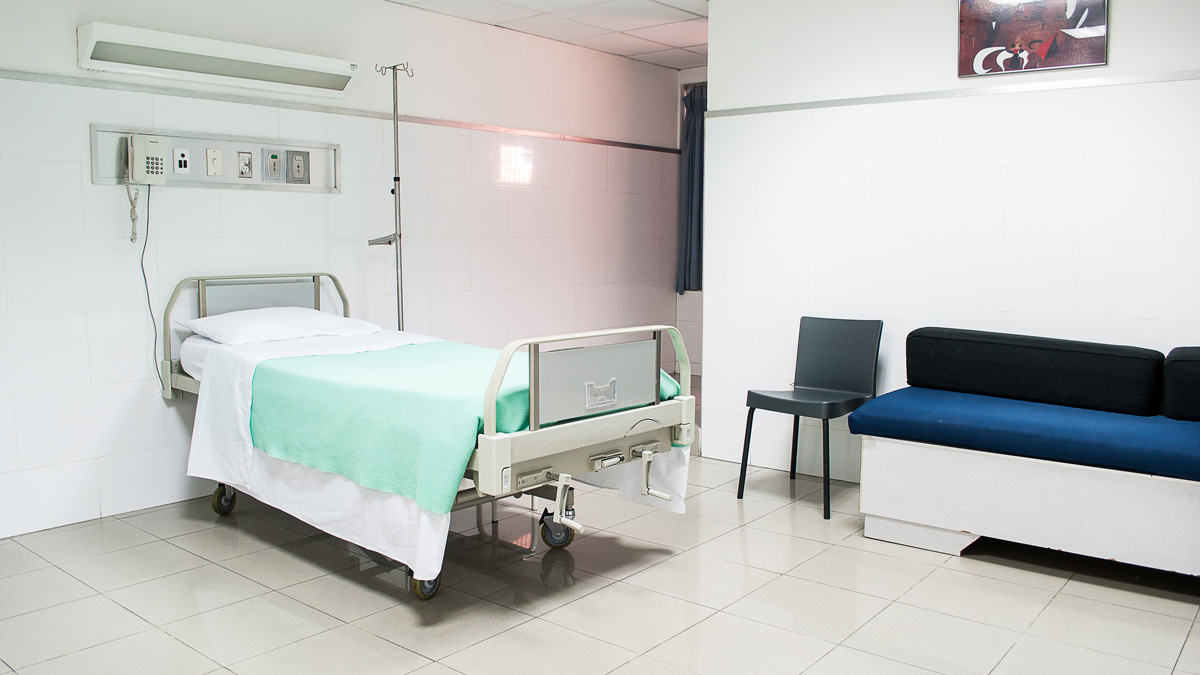 supplied
suppliedMany people with the hepatitis C virus (HCV) often exhibit no symptoms. The virus can go undetected until it causes chronic hep C, a severe and life-threatening liver infection. As HCV spreads through contact with blood, infants are at risk of contracting the disease during pregnancy and labour.
Despite this, only 11.9 per cent of all prenatal women were tested for HCV over a period of one year in Alberta. The province employed risk-based testing, which was put into effect in the early 2000s. In February 2020, University of Alberta researchers implemented a one-step universal prenatal hep C screening program in Alberta. The program tests all pregnant women for the virus and links them to treatment if needed.
Carmen Charlton, an associate professor in the department of laboratory medicine and pathology, said she noticed a “gap” in Alberta’s prenatal testing for HCV before the U of A’s screening program was implemented. The prior screening program only tested prenatal women who self-reported risk for hep C, leading to under-diagnosis.
In her role as the provincial lead for prenatal testing, Charlton sought to amend the screening program through the combined HCV reflex testing and universal screening program. In 2019, Alexa Thompson, a PhD student in laboratory medicine and pathology, joined Charlton. They secured a grant allowing them to implement universal screening for all prenatal women in Alberta.
Coupling HCV reflex testing and universal screening “optimize[s] health care services,” Thompson says
In 2019, researchers devised a one-step test to improve the diagnostic efficiency of HCV testing. HCV reflex testing performs a hep C antibody test on a single blood sample. If positive, the same sample is tested further.
“Previous to that, an individual would need about five clinic visits on average to get diagnosed with hep C. We were able to bring that down to two. One to see your doctor, and then one to get the result,” Charlton said.
They reduced the amount of time it takes to receive results from 39 to four days. As well, Thompson said their reflex testing led to 97 per cent of individuals receiving a definitive diagnosis. This is compared to 67 per cent in individuals who used earlier testing methods.
On top of HCV reflex testing, Charlton and Thompson researched the effectiveness of universal prenatal screening compared to risk-based testing. They found that risk-based testing led to significant under-diagnosis of HCV in pregnant patients.
Universal screening also improves health equity because patients do not have to disclose their risk factors, Thompson said. This can often be “very hard and stigmatizing for patients.”
By offering universal testing, the program avoids asking patients risk factors which “pinpoint” them, Thompson said. As well, patients receive “the exact same type of care [as] all women across the province.”
From a patient perspective, coupling HCV reflex testing and the universal screening program with prenatal appointments “optimize[s] health care services,” Thompson said.
“With that reflex testing, they’re able to get a diagnosis directly from a blood sample that’s collected for many other infectious diseases,” Thompson said. “It just makes it easier, especially for moms when they’re engaging in health care during their pregnancies.”
“If you look at the continuum of health care, this is a very beneficial change,” Charlton says
Fifty-four cases of hep C were identified in the pilot year of the universal screening program. For reference, 34 positive cases were diagnosed in the final year of Alberta’s old program.
“These are people who previously had no idea they had HCV,” Thompson said. “These moms, they’re really young. Being able to give them a diagnosis early gives them plenty of opportunity to get into care.”
Charlton and Thompson are currently investigating if prenatal patients positive for HCV are getting linked to care in hepatology.
In addition, Charlton is working on infant testing. She is trying to make sure babies born to moms that are positive for HCV are also getting the appropriate care and treatment. Charlton said that with a diagnosis, treatment can start right as babies turn two years old. With treatment, infants have “very little risk of ever developing any liver complications.”
As well, Charlton said the universal screening program is cost-effective, because there are less visits to practitioners. It also diagnoses individuals “very early, who can then engage in treatment” which is “highly effective” for HCV.
“If you can prevent one person from going to high-level cirrhosis or having a cellular carcinoma, that basically covers the cost of all of our frame,” Charlton said. “So if you look at the continuum of health care, this is a very beneficial change.”




